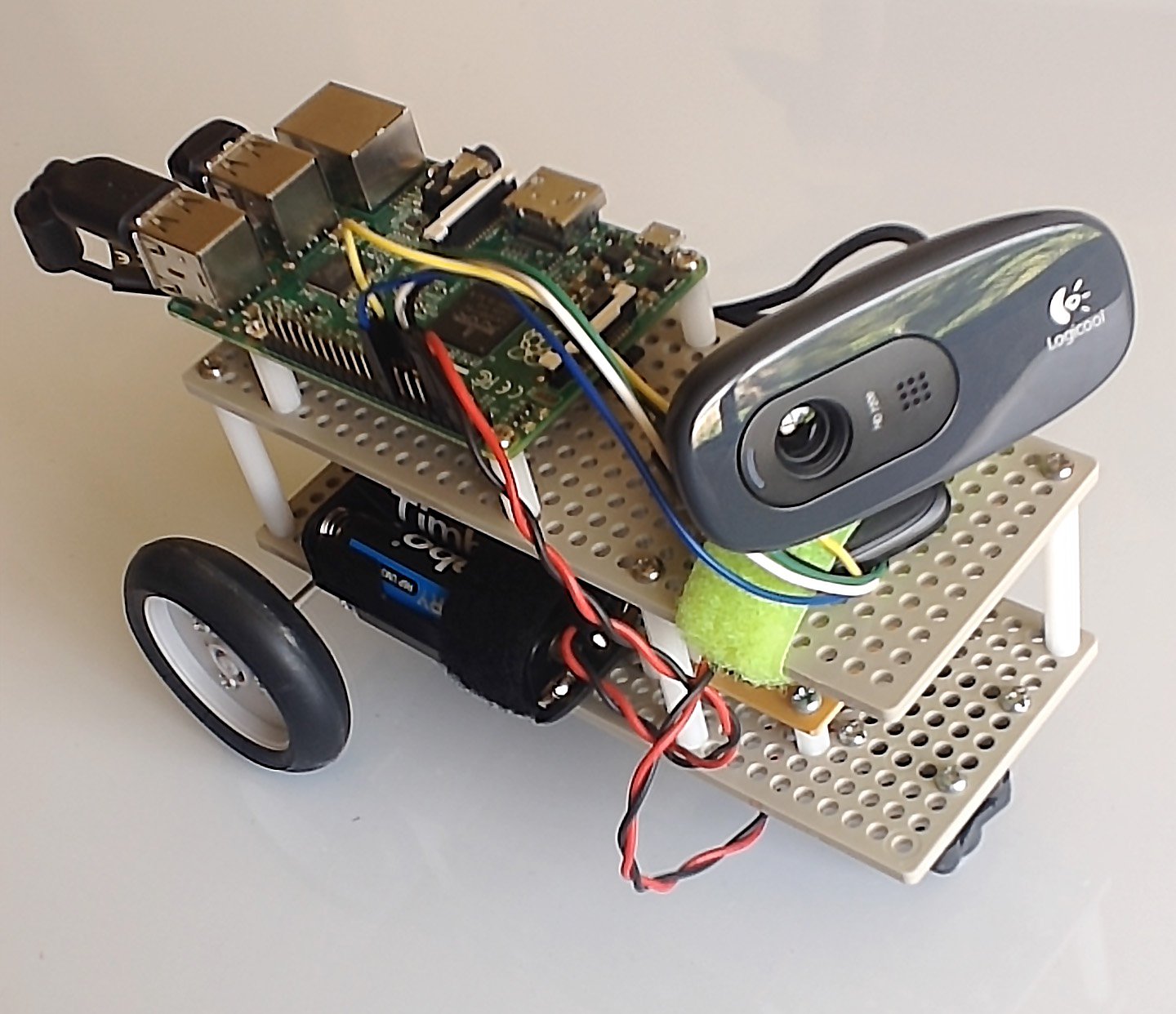

- #RASPBERRY PI SMART HOME CONTROL HOW TO#
- #RASPBERRY PI SMART HOME CONTROL INSTALL#
- #RASPBERRY PI SMART HOME CONTROL ANDROID#
- #RASPBERRY PI SMART HOME CONTROL BLUETOOTH#
- #RASPBERRY PI SMART HOME CONTROL DOWNLOAD#
It is built as a GNU/Linux desktop app but as there are armhf builds available it will also install on a Raspberry Pi. However, we're interested in running the app on the touch panel, aren't we? :)There is a nymea:app desktop snap package available in the Ubuntu Core Snap store. You can play around a bit and check things out. At this point it should already work from your phone. The nymea:core image for the Raspberry Pi only has the nymea:core preinstalled. Use the "Wireless setup" menu entry in the app's loading screen for that.
#RASPBERRY PI SMART HOME CONTROL ANDROID#
If you want to use WiFi, you can install nymea:app on your iOS or Android phone and set up WiFi credentials from there without having to plug a keyboard to the Raspberry Pi. If you want to use an ethernet cable just plug one in now.
#RASPBERRY PI SMART HOME CONTROL DOWNLOAD#
I for one tend to use dd as described in the nymea wiki right below the download links, but if you prefer something more user friendly and available on all major operating systems, Etcher should work fine too.When done, insert the SD card in the Raspberry Pi and boot it up.
#RASPBERRY PI SMART HOME CONTROL HOW TO#
Preparing the SD card depends a bit on your OS but there are plenty of instructions out there on how to write an SD card image. Step 1: Preparing the Raspberry Pi SD cardĭownload the nymea:core image from the nymea wiki. Once you are confident the system on the SD card works good enough and can be accessed through SSH (more on that later) it's time to put the case together. The 7" touch panel should do too, however, put it on the desk next to the Raspberry Pi for now. So I would recommend to first set up the basic system on the SD card using the Raspberry Pi without the casing, perhaps even using a regular monitor on the HDMI port if you have one at hand. However, note that with this casing it is not possible to add/remove the SD card once it's mounted. Instead I figured out that it's much easier to first just plug the cables, then place the RPi in the casing at its final position and lastly plug the display in. Turns out if you first mount the Raspberry Pi on the back of the display and then try to put it into the casing it's gonna get very tricky to fit it in without using too much force. If you'd like to connect multiple touch panels to the same nymea:core or prefer such a distributed as I have, just follow the :core or :app steps on different Raspberry Pis and repeat as appropriate.Īssembling the Raspberry Pi and display in that particular case as I have is not hard, but somewhat fiddly. To ease up this article I'm going to continue with describing a single-RPi system. If you want to build this too, it can be created just the same with nymea:core running on the same Raspberry Pi as nymea:app. For this reason, I now have 2 Raspberry Pis set up, one for the core and one for the touch panel frontend. The control panel however, should be placed in a different location where it can easily be reached and used.

#RASPBERRY PI SMART HOME CONTROL BLUETOOTH#
In my place I use a Raspberry Pi with nymea:core which is placed to cover the most part of my home (including balcony) with Bluetooth so sensors are within a reachable distance. So eventually I decided to look for an alternative and ended up with a Raspberry Pi with a 7" touchscreen panel. While it would probably be possible to get an Android device to cater for the use case it seemed a lot of fiddling against the OS. There's more such issues I've encountered while trying. Next thing is that mobile operating systems don't like apps running all the time in kiosk mode, yes, Android has a feature to lock an app to foreground but there are still cases where it wouldn't do the right thing. One example is waking up the screen: Phones typically have a hardware button on the side to turn on the screen which gets a real challenge to do if the thing sticks on a wall.

Phones are built for a pocket and that causes a lot of small fiddly issues when used in a different context. Initially I wanted to wall-mount a phone or tablet but results weren't that great. All it takes is to download the nymea image and flash it to the Raspberry Pi with a screen and the setup as described below will work out of the box.įor a while now I'm using nymea as my smart home solution with nymea:core on a Raspberry Pi and nymea:app on my phone. This project description is now obsolete as the latest nymea Raspberry Pi image has the UI for the touch screen directly integrated.


 0 kommentar(er)
0 kommentar(er)
